Year-ender: New trends in Chinese consumption in 2021
investinchina.chinadaily.com.cn Updated: Jan 11, 2022

Editor’s note: China's total retail sales of consumer goods rose 13.7 percent year-on-year to 39.96 trillion yuan ($6.25 trillion) in the first 11 months of 2021, official data showed. The country is expected to be the world's largest goods consumption market during the 14th Five-Year Plan period (2021-2025).
Despite the COVID-19 pandemic, China's consumption market continued its vibrant expansion in 2021, with new opportunities created by emerging trends.
Let’s take a look at some of the latest consumption trends in China in 2021!
LARP games
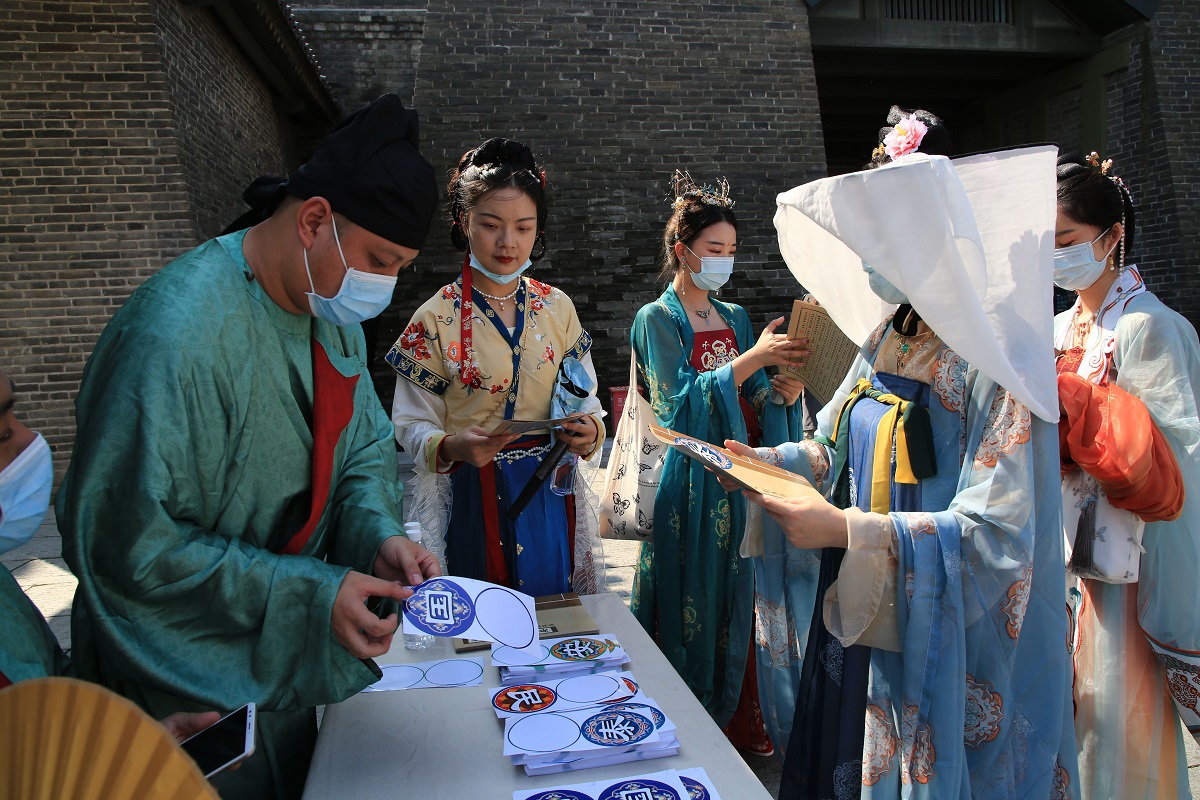
With sporadic cases of COVID-19 occurring in some regions of China, live action role-playing (LARP) games have rapidly gained in popularity among young Chinese consumers, fueling a multibillion-dollar business.
The most popular LARP game is called jubensha, which usually involves a "whodunit" murder mystery script. Each participant has a different role to play without the knowledge of other players. Participants act out their roles while others try to nab the killer.
According to a report from the Meituan Research Institute, sales revenue of the country's LARP market is expected to exceed 15 billion yuan ($2.32 billion) in 2021, with the number of consumers hitting 9.4 million.
Pet photography

With the booming pet market in China, pet photography business is the latest trend with an increasing number of young and affluent pet owners who are willing to pay a premium for high-quality images of their furry friends.
A 2020 white paper from the pet industry analytical company Pethadoop showed over 100 million pet dogs and cats lived in China's urban areas in 2020, up 1.7 percent from the previous year. The pet market for dogs and cats was also worth 206.5 billion yuan in 2020.
Nowadays, pet owners see photo shoot as a regular way to openly express their love for their four-legged family members. Such demand has spurred new business opportunities for many young portrait photography startups such as Elefoto and Naive Blue.
Hanfu
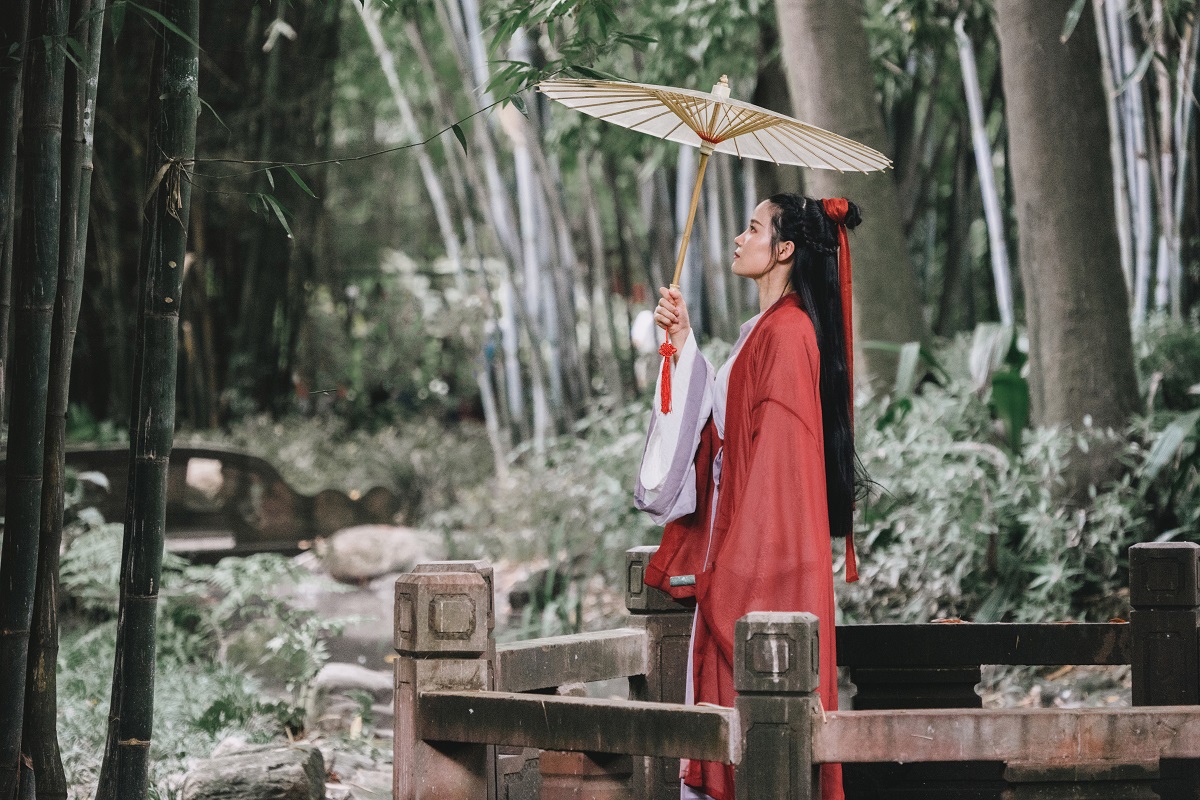
With China's impressive economic growth and growing international presence in the last few years, hanfu – a type of traditional Chinese clothing - has become a fashionable trend from a niche hobby, a popularity driven by the internet-savvy young people, or Generation Z consumers.
According to data from people.cn, Chinese hanfu consumers surpassed 2 million in 2018, triple the 2017 levels. A recent report from Guangzhou-based consultancy iiMedia Research estimated that the number of people using hanfu products in China will reach 6.89 million, with total sales expected to reach 10.16 billion yuan ($1.6 billion) in 2021.
Home beauty
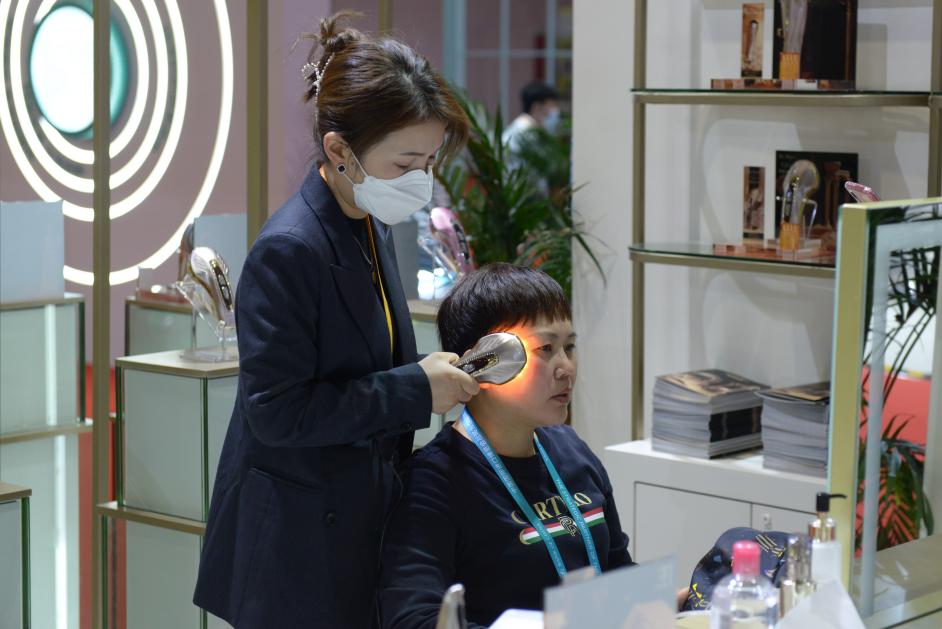
Home beauty treatments are becoming a new consumption trend in China, as Chinese women are increasingly paying attention to the art of enhancing their natural beauty.
There are more than 20,000 messages about home beauty gadgets on the lifestyle-sharing app Xiaohongshu. And for Chinese women between 20 and 49, nearly 60 percent of surveyed respondents said they have used at least one type of home beauty device, according to a report from CBNData and Tmall Global.
The market size of beauty tools in China in 2021 will be close to 10 billion yuan ($1.56 billion), and in 2026, the figure is estimated to surpass 20 billion yuan. From 2014 to 2019, demand for beauty devices increased from 1.32 million to 6.55 million units, a compound growth rate of 37.79 percent, according to a report from Zhiyan.org.
Beverage
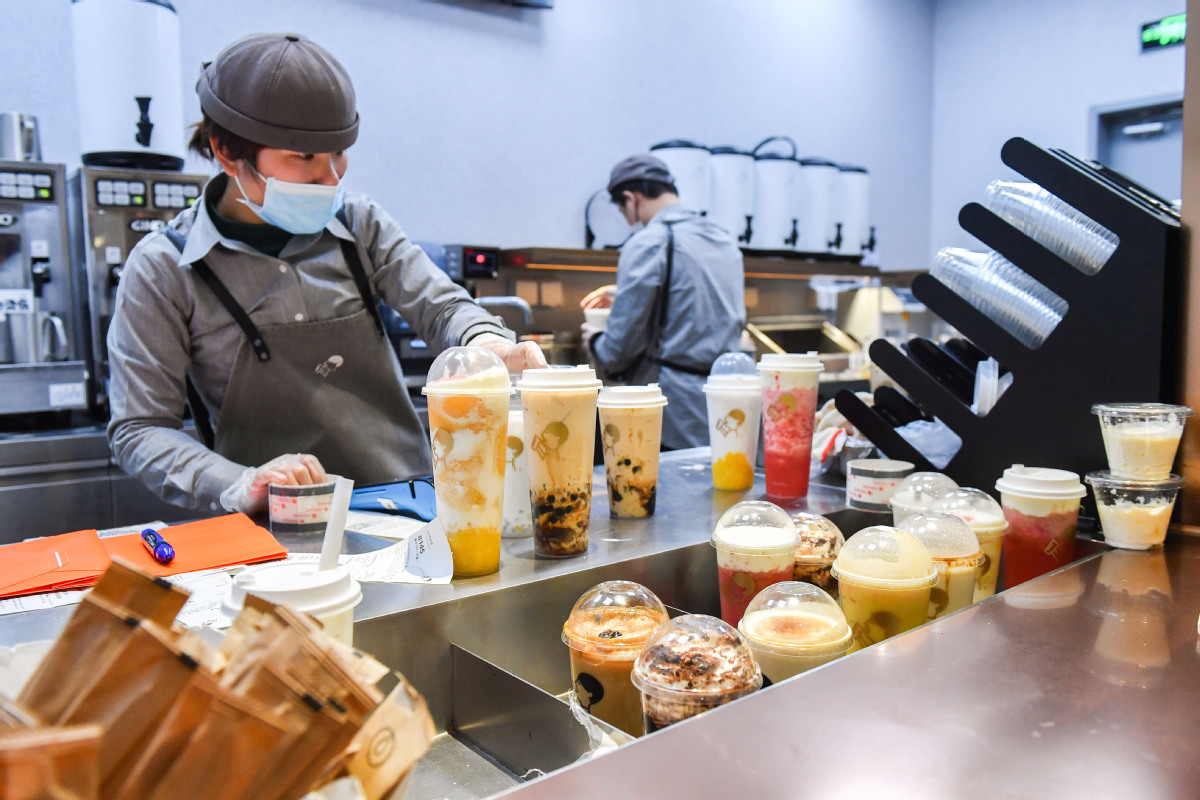
New-style tea drinks, often mingled with fruit and milk, enjoy great popularity among young people. It is not rare to see people in long queues outside of milk tea stores across the country, just for a cup of tea that costs about 30 yuan.
According to the China's Tea Beverage Report 2021, China's tea beverage market is projected to reach 764.5 billion yuan ($117.6 billion) by 2025. And freshly-made tea is likely to be the segment enjoying the fastest growth, and is expected to surge 24.5 percent year-on-year from now to 2025 to reach a market value of 340 billion yuan by then.
In addition, a rising number of health-conscious younger Chinese consumers are taking to new sparkling water in recent years. With low or no sugar and calories being the new standard, carbonated beverage sector will see a small and positive impact from the COVID-19 outbreak over the medium and long term due to their positioning as a healthy alternative to traditional carbonated soft drinks, stated a report by Mintel Group.
The size of the carbonated water market in China is estimated at 15 billion yuan in 2019 and is expected to grow to 32 billion yuan by 2025, according to Qianzhan Institute.
Light food
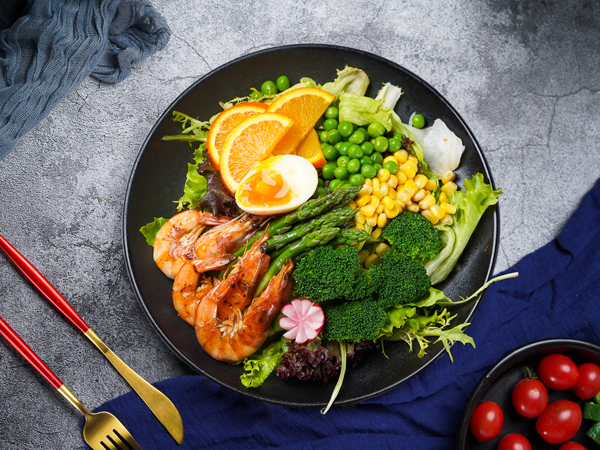
Due to the upgrading of consumption and the improvement of public health awareness, especially as a result of the COVID-19 pandemic, consumers have been paying greater attention to health-related industries, while light food has gained increasing popularity among young people.
Light food, with its low calories, pleasing appearance and healthy concept, has now served not only as an icon of a healthy lifestyle, but also a popular way of social networking for young Chinese consumers.
Euromonitor International, a market research company, indicated that China is currently the fastest-growing market for meal replacements, predicting a market value of 120 billion yuan ($18.5 billion) in 2022.
Glamping

'Glamping', or glamour camping, is now a part of leisure lexicon amid COVID-19 when consumers have to practice social distancing. It involves short driving times, and satisfies people's desire to be close to nature.
Different from traditional camping options, which often involve meticulous packing of tents, ropes, sleeping bags, binoculars, telescopes, foods and beverages, glamping is a new style of high-end camping which provides complete facilities and offers a luggage-free experience.
"In addition to camping necessities, the camping base offers all things you can possibly think of – earplugs, air mattresses, blankets, mosquito repellent, toiletries, meats, barbecue facilities, beer and ice buckets. It is just so convenient. I can just tell my friends: 'Let's go camping and head off with no preparation,' said Beijing's Meng Ke, who has experienced this new type of camping.
Virtual idols
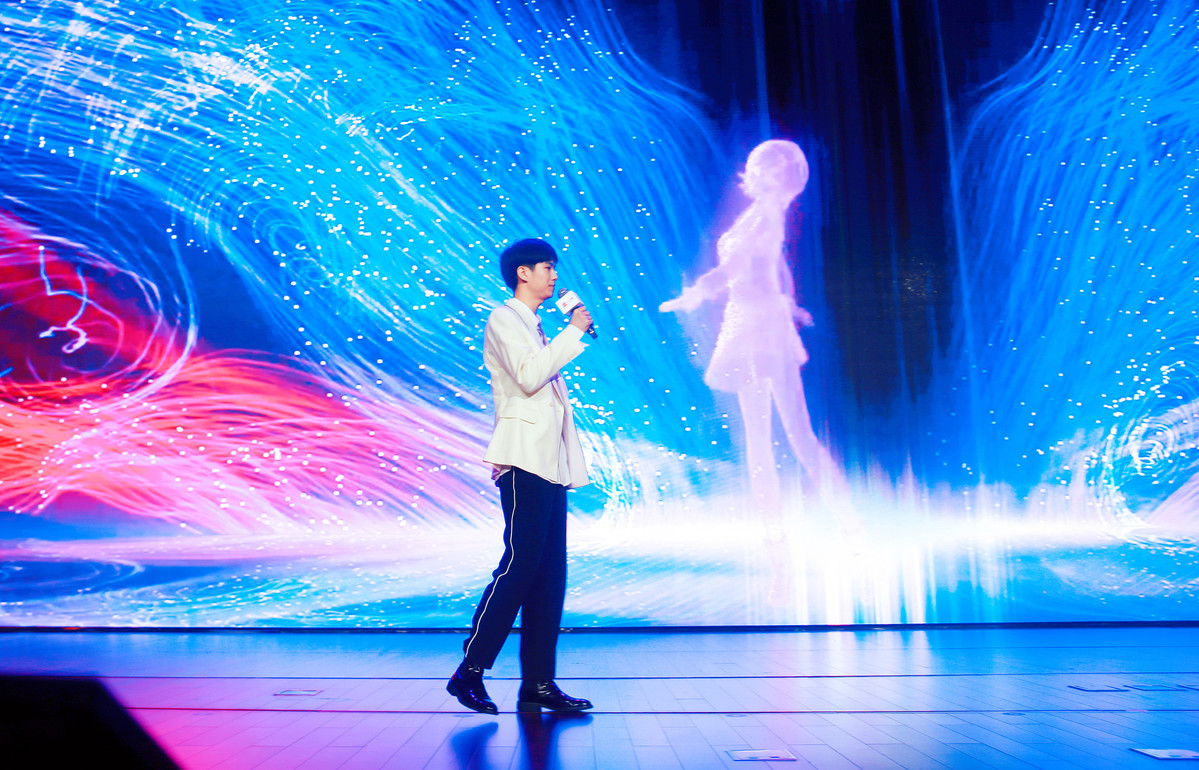
Virtual idols are gaining a lot of popularity these days, especially among the 25 to 30 crowd in China.
Virtual influencers might not be real humans, but they do have unique personalities. They mainly interact with their fans through online performances and concerts.
For instance, China's most famous virtual singer Luo Tianyi now has 5.13 million fans on Weibo. Tickets to her concerts can cost up to 1,580 yuan ($242) each. Her popularity has led many companies to make endorsement deals with her.
According to a report by market consultancy group iiMedia, the market size for virtual idols hit 6.22 billion yuan ($976 million) in China in 2021, up nearly 80 percent year-on-year. The market is expected to expand to 20 billion yuan over the next two years.
"As virtual interactions and events turn into key communication channels among pandemic-wary consumers, virtual humans or virtual idols have injected new impetus into the entertainment industry," said Yang Qiguang, a mass communications lecturer at Renmin University of China.
Night economy
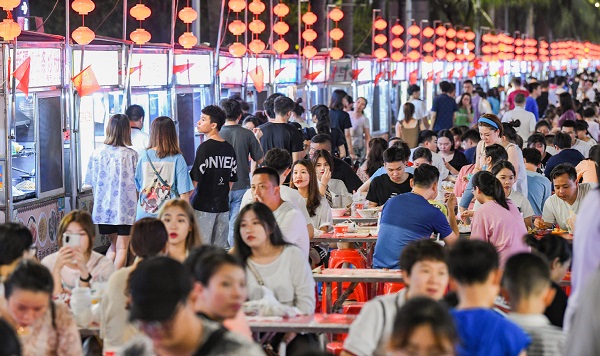
Thanks to the convenience of the quick deliveries offered by online platforms amid a receding COVID-19 pandemic, China’s nighttime sales of foods and beverages recovered during the summer of 2021, according to a report by Ele.me, a major food delivery platform in China.
According to the report, nighttime orders from camping sites, resort hotels and gyms jumped 30 percent or higher last summer compared to orders in spring, and more than doubled compared to summer last year. Particularly, late-night food orders made from recreational vehicles parked at camping sites surged nearly three times over those in spring.
This shows the prosperous development of China’s night economy, which usually refers to activities that take place between 6 pm and 2 am, bringing economic gains. The night economy covers sectors such as retail, transportation, dining, tourism and other entertainment.
"The late-night dine-in business at restaurants and food delivery business at night, as well as spending at bars, are expected to see rapid growth in the next few years, as young consumers show unremitting demand for late-night consumption," said Zhu Danpeng, an independent food and beverage industry analyst.
Solo dining
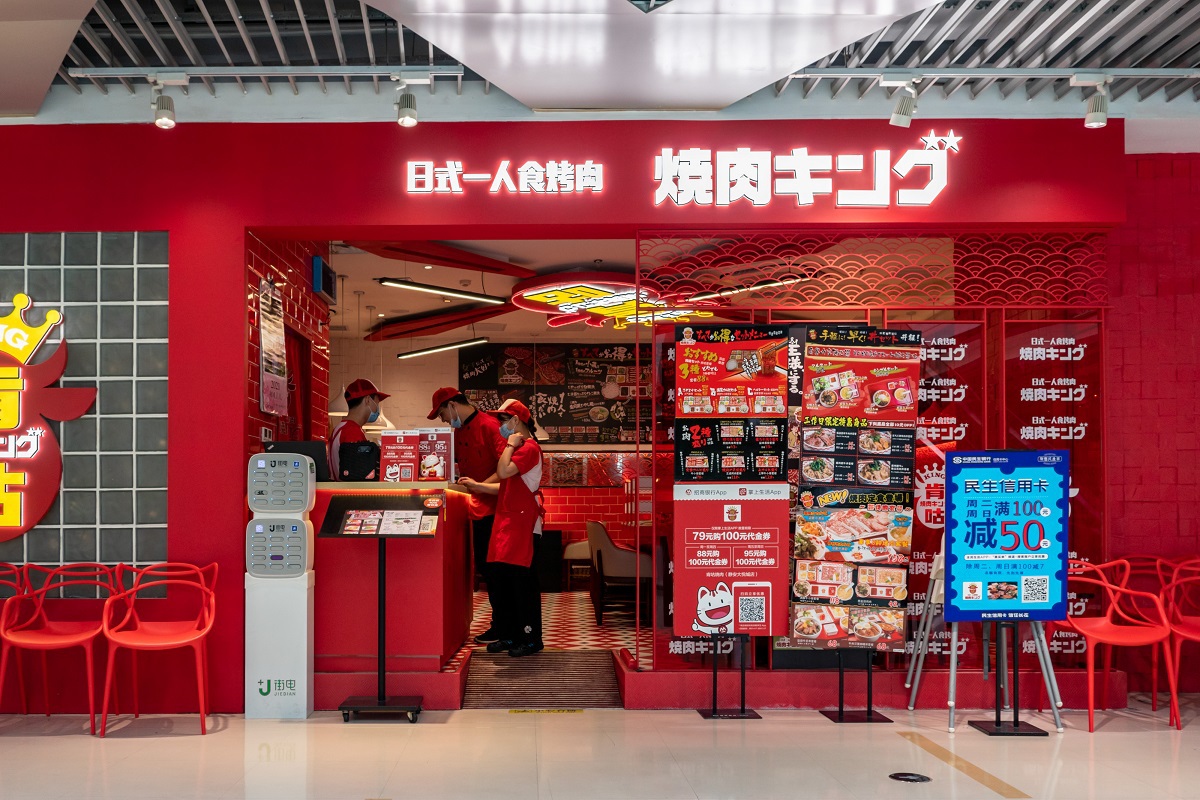
The number of single adults in China reached 240 million in 2018. More than 77 million of those adults live alone and that number is expected to rise to 92 million in 2021, according to China's official data.
With the single population boom, a new “singles economy” has been born and continues to thrive. Various products and services such as solo dining are designed to meet the consumption habits of a single person.
Many restaurants have introduced one-person stalls, where diners are separated, to attract customers.
![]()




